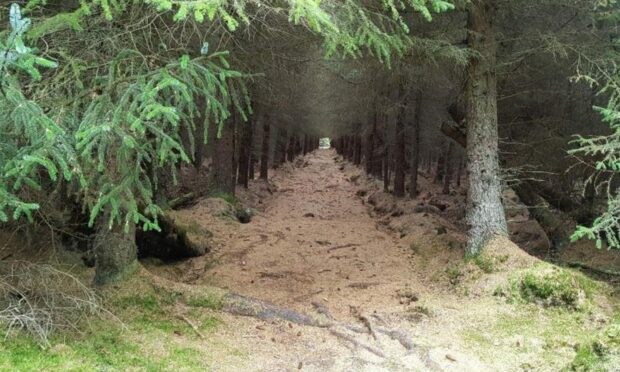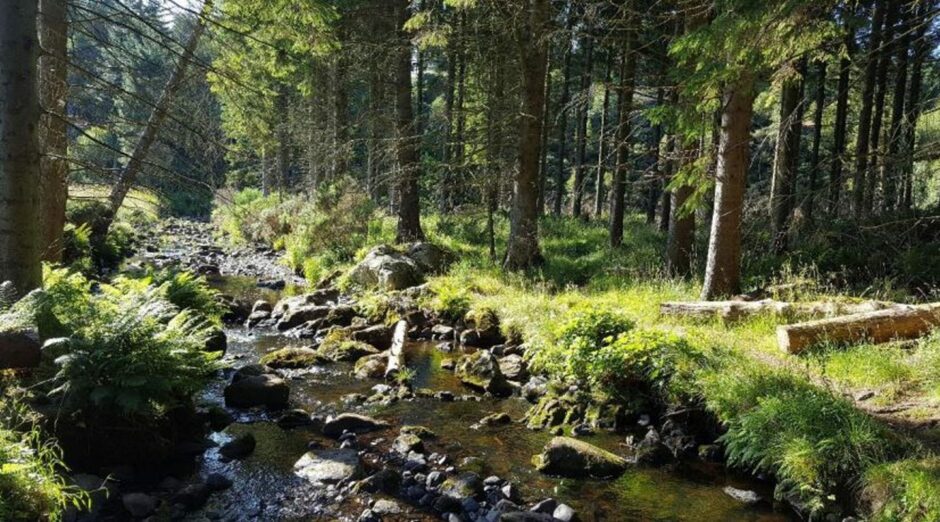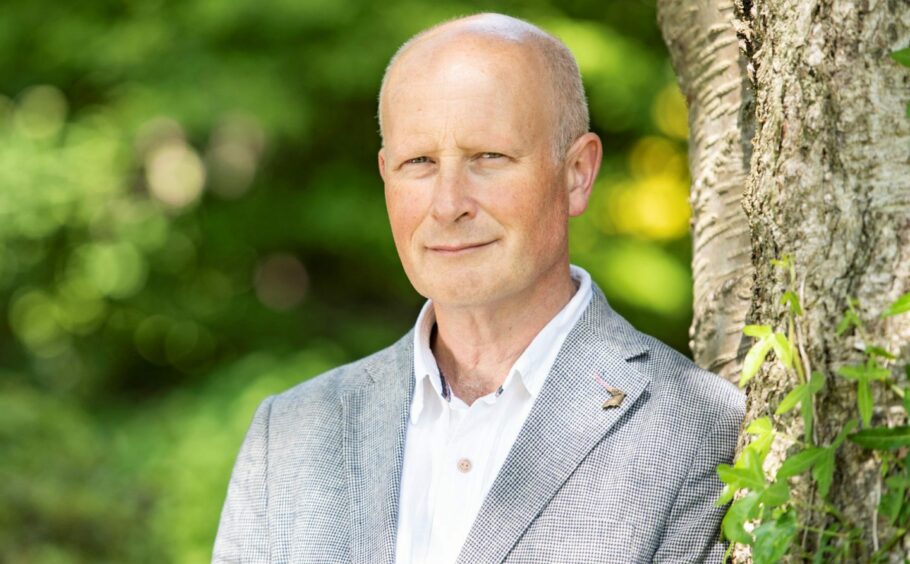An Aberdeenshire community woodland could offset the carbon emissions of 80 people, research has shown.
A case study of Maryculter Community Woods by the Aberdeen University has reported that tree growth in the area could be used to offset people’s emissions.
The School of Biological Sciences carried out a test in the woodland with tools easily available online to measure and forecast carbon stocks.
It showed these tools can help forest managers better understand the future growth of their trees.
But it warned that balancing biodiversity could mean a reduction in offsetting carbon emissions.
Woodland owned by the community
The Maryculter Woodlands Trust has managed the 163-acre site, under agreement with Forestry Commission Scotland, since 2007.
In 2015, they received £196,000 to buy Kirkton of Maryculter Wood from the Scottish Land Fund grants.
It was among seven projects in Scotland to receive funding so local communities could buy land.
The forest had previously been used as a commercial conifers farm to grow valuable softwood lumber.
Now the trust has set out to restore the land to native woodland.
Professor David Burslem, interdisciplinary director for environment and biodiversity, said: “The number of community woodlands is expanding rapidly across Scotland driven by new government policies.
“These have multiple functions including biodiversity conservation, amenity and recreation. However, our research suggests that they can also remove large amounts of carbon dioxide from the atmosphere – which helps to lessen climate change.
“Our research suggests that this will vary depending on how the woodland is managed by the community.”
Balancing biodiversity with the climate
However, the intention of the trust to reduce the number of non-native conifers in favour of the native birch over the next few decades will reduce the amount of climate offsetting.
The research helps explore the trade-off between managing biodiversity conservation and climate mitigation.
Ed Thorogood, chairman of Maryculter Woodlands Trust added: “There are indeed many trade-offs to evaluate in the management of community woodlands.
“The more we can quantify the trade-offs, with associated uncertainty estimates, the better our decision-making will be.”



Conversation